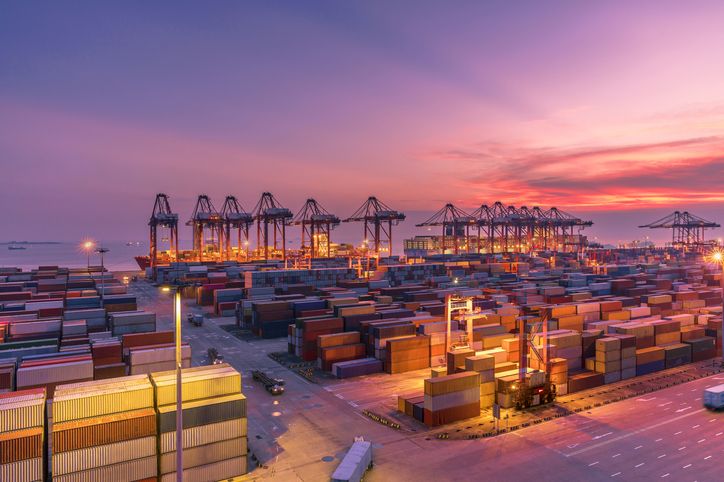Supply chain disruption across the world is due to worsen, according to multiple market watchers.
According to stories on the Financial Times, Deutsche Welle, and CNN Business, the current disruption is due to spread over the rest of this year and into 2022.
According to CNN Business, a note from Moody’s earlier this week suggested disruptions in the supply chain would grow worse before they can get better. “As the global economic recovery continues to gather steam, what is increasingly apparent is how it will be stymied by supply-chain disruptions that are now showing up at every corner,” Moody’s wrote.
CNN Business added: “Indeed, the IMF downgraded its 2021 US growth forecast on Tuesday by one percentage point – the most for any G7 economy. The IMF cited supply chain disruptions and weakening consumption – which itself has been partially driven by supply chain bottlenecks, such as a lack of new cars amid the computer chip shortage.”
Even so, some were more buoyant about the situation, claiming it would be over in a matter of months. As quoted by the Financial Times, JP Morgan Chase chief executive Jamie Dimon told the International Finance conference: “This will not be an issue next year at all. This is the worst part of it and the great market system will adjust for it.”
Addressing bottlenecks
The current US Administration is working to alleviate the crisis, with President Biden reported to be working to secure pledges from companies including FedEX, UPS and Walmart to extend working hours in an attempt to loosen the supply chain bottlenecks.
The crisis has hardly come out of the blue, according to Evan Quasney, VP of global supply chain solutions at Anaplan. “These delays and concerns have been months in the making,” he told Deutsche Welle. “There are a lot of factors that have been driving this but it boils down to a few topics: big swings in capacity and availability around the world. What we’ve seen is that a small shutdown, often in a goods-producing economy, can delay production and outbound shipping during the late summer production crunch, right as consuming economies were placing their large holiday orders. And this created a ripple effect.”
He added: “Look through the entire network – for example, dwell time at one port earlier this year went from a half day to 16 days – basically overnight – due to a COVID lockdown. Now, imagine that happening at many ports almost at random around the world … it’s created a really challenging operating situation for many companies everywhere.”







